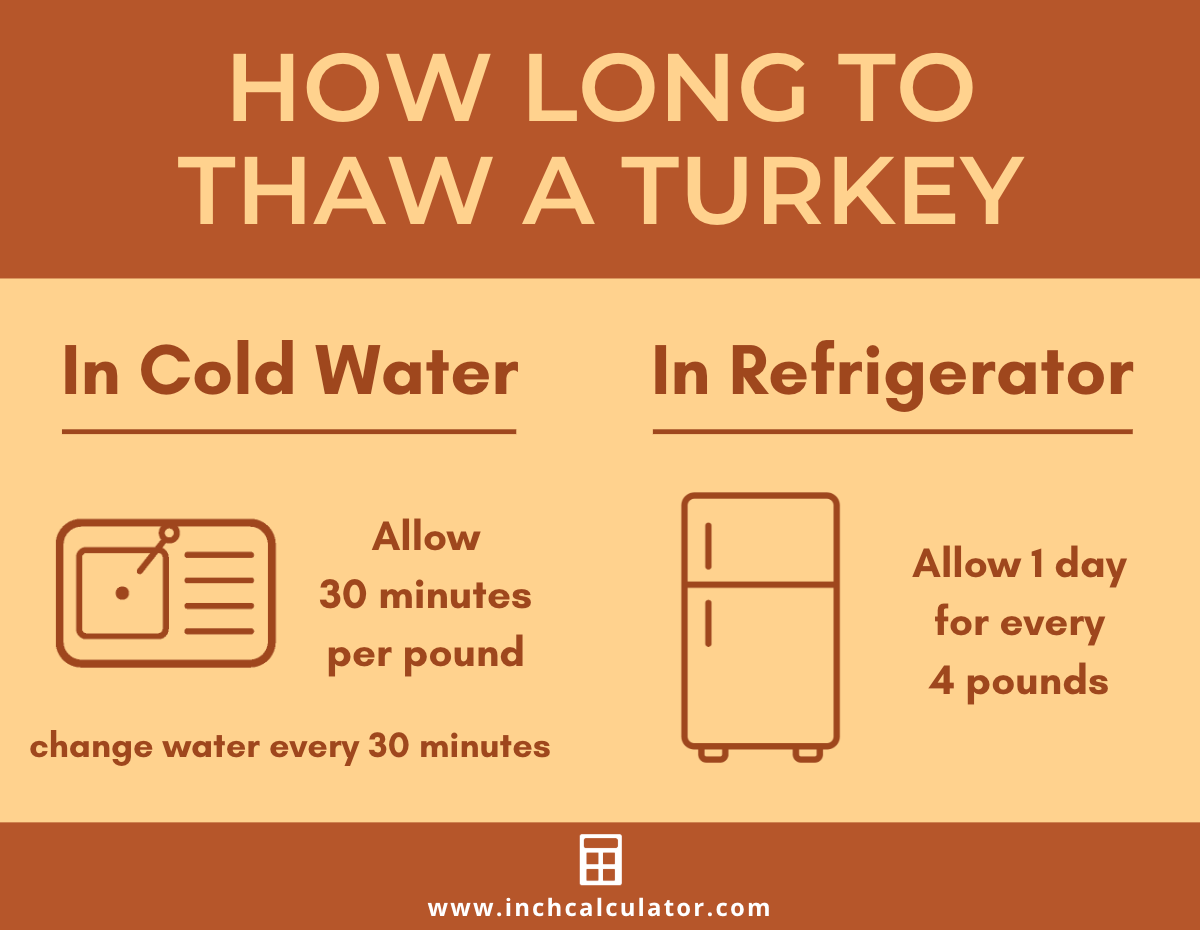How To Quickly Thaw Turkey? That’s a question every college student (and seasoned chef!) wrestles with come Thanksgiving. Nobody wants a dry, rubbery bird, right? This guide breaks down the safest and speediest ways to thaw your turkey, from fridge-based chillin’ to the microwave method. We’ll cover everything from calculating thaw times to avoiding those nasty foodborne illnesses.
Get ready to conquer your turkey thawing anxieties!
Thawing a turkey properly is crucial for food safety and a delicious meal. Improper thawing can lead to dangerous bacterial growth, resulting in food poisoning. This guide will walk you through three safe and effective methods: refrigerator thawing, cold water thawing, and microwave thawing. We’ll compare their pros and cons, provide detailed instructions, and even offer tips and tricks to speed up the process without compromising safety.
So, let’s get that bird ready for the oven!
Safe Turkey Thawing Methods
Thawing a turkey properly is crucial for food safety and preventing bacterial growth. Improper thawing can lead to dangerous levels of bacteria, resulting in foodborne illness. This section details three safe methods: refrigerator thawing, cold water thawing, and microwave thawing, highlighting their advantages, disadvantages, and time requirements.
Safe Thawing Methods: A Comparison
Source: inchcalculator.com
Obtain recommendations related to nate street outlaws death that can assist you today.
Choosing the right thawing method depends on your timeline and resources. Each method presents a unique balance of safety, speed, and convenience. The following table summarizes the key aspects of each.
| Method | Time Required (per pound) | Advantages | Disadvantages |
|---|---|---|---|
| Refrigerator Thawing | 24 hours | Safest method, consistent temperature, minimal effort | Requires significant planning and refrigerator space |
| Cold Water Thawing | 30 minutes | Faster than refrigerator thawing, relatively safe | Requires constant attention, potential for water contamination |
| Microwave Thawing | Varies greatly, check your microwave manual | Fastest method | Uneven thawing, potential for overcooking, requires careful monitoring |
Cold Water Thawing Technique
Cold water thawing is a faster alternative to refrigerator thawing, but requires careful monitoring to prevent bacterial growth. The process involves submerging the turkey in cold water, ensuring the water is regularly changed to maintain a low temperature.
Place the turkey in a leak-proof plastic bag. Submerge the bag in a large container filled with cold tap water. Ensure the water level is at least 2 inches above the turkey. Change the water every 30 minutes. A 10-pound turkey should thaw in approximately 2-3 hours using this method.
Visual Representation: Imagine a large, clean container filled with cold water. A sealed plastic bag containing the turkey is fully submerged, with the water level significantly higher than the top of the bag. The container is large enough to allow for easy water changes.
Refrigerator Thawing Technique
Refrigerator thawing is the safest method, providing a consistent, low temperature environment to thaw the turkey slowly. This method requires advanced planning due to the extended thawing time.
Place the turkey in a leak-proof plastic bag on a tray in the refrigerator. This catches any drips and prevents contamination. A 10-pound turkey requires approximately 24 hours to thaw completely in a refrigerator.
- Maximize space by placing the turkey on the lowest shelf, avoiding direct contact with other foods.
- Use a shallow tray to catch drips and prevent spills.
- Avoid placing the turkey near other foods that may be affected by the dripping juices.
Microwave Thawing Technique
Microwave thawing is the fastest method, but requires careful attention to prevent uneven thawing and potential overcooking. It is generally not recommended for large turkeys due to the risk of uneven heating and the potential for creating areas of unsafe temperature.
Refer to your microwave’s manual for specific defrost settings and times. Generally, you will use the “defrost” setting and need to rotate the turkey and check for even thawing frequently. Always ensure the turkey is thoroughly cooked to a safe internal temperature after thawing.
Thawing Time Calculation, How To Quickly Thaw Turkey
Thawing time varies depending on the turkey’s weight and shape. While the times provided are estimates, larger, more compact turkeys may take slightly longer to thaw. Always err on the side of caution and allow extra time.
| Method | Approximate Thawing Time (hours) per pound |
|---|---|
| Refrigerator Thawing | 1 |
| Cold Water Thawing | 0.5 |
| Microwave Thawing | Varies greatly depending on the microwave’s power and the turkey’s size. Consult your microwave manual. |
To calculate total thawing time, multiply the per-pound time by the turkey’s weight in pounds.
Post-Thawing Handling
Once thawed, proper handling is essential to prevent bacterial growth. A thawed turkey should be kept refrigerated at 40°F (4°C) or below. Never refreeze a thawed turkey.
Signs of spoilage include a foul odor, slimy texture, or unusual discoloration. If spoilage is suspected, discard the turkey immediately. Cook a thawed turkey promptly and thoroughly to an internal temperature of 165°F (74°C) in the thickest part of the thigh and breast. Use a food thermometer to ensure it’s cooked through.
End of Discussion: How To Quickly Thaw Turkey
So there you have it – your ultimate guide to quickly thawing a turkey without sacrificing safety! Remember, the key is planning ahead and choosing the method that best fits your schedule and resources. Whether you’re a seasoned Thanksgiving pro or a college student tackling your first turkey, these tips will help you ensure a delicious and safe holiday feast.
Now go forth and thaw! (Responsibly, of course.)


